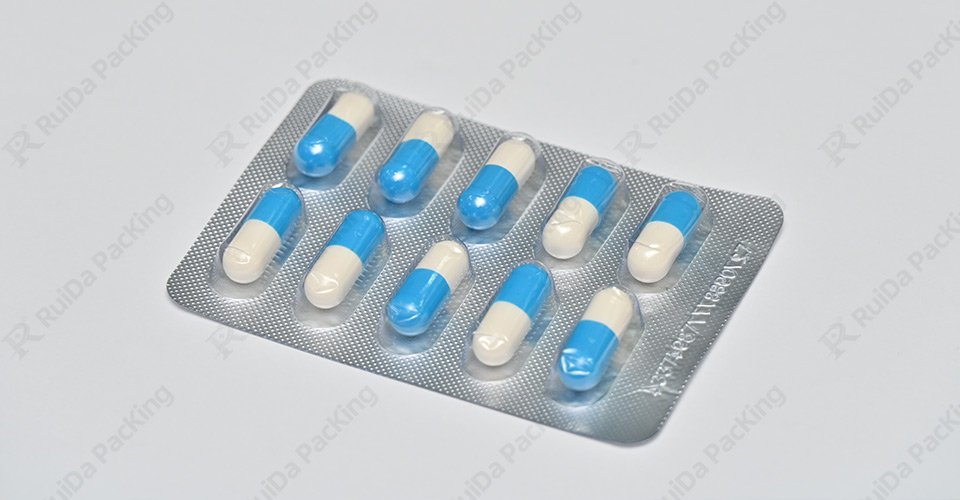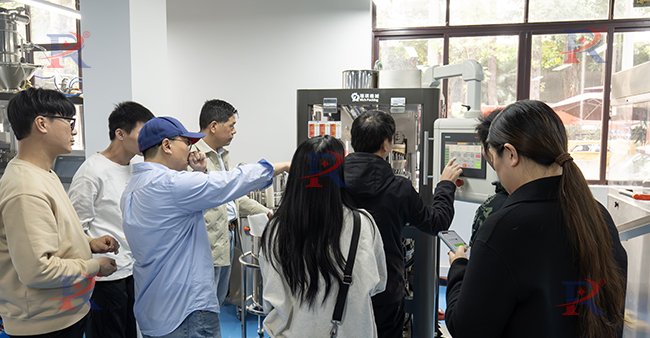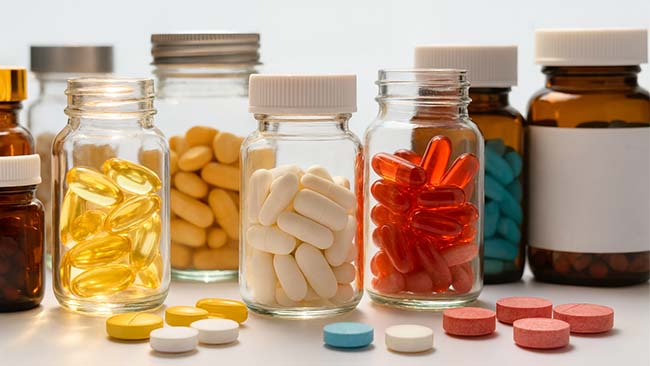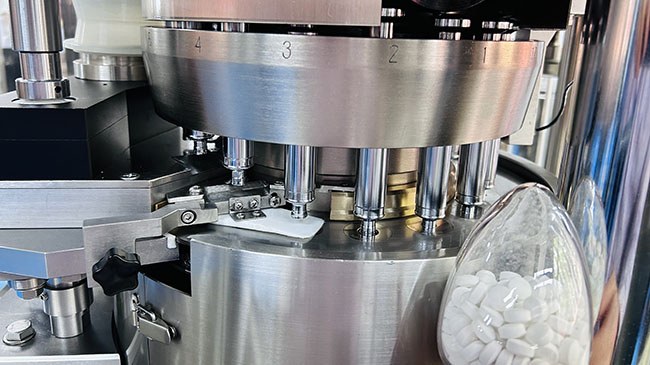Packaging capsules effectively is crucial for ensuring product safety, compliance, and customer satisfaction. Whether you’re in the pharmaceutical, nutraceutical, or supplement industry, the way you package capsules can impact their shelf life, usability, and market appeal. This ultimate guide will walk you through the essential steps and considerations for packaging capsules, helping you optimize your process and deliver a high-quality product.
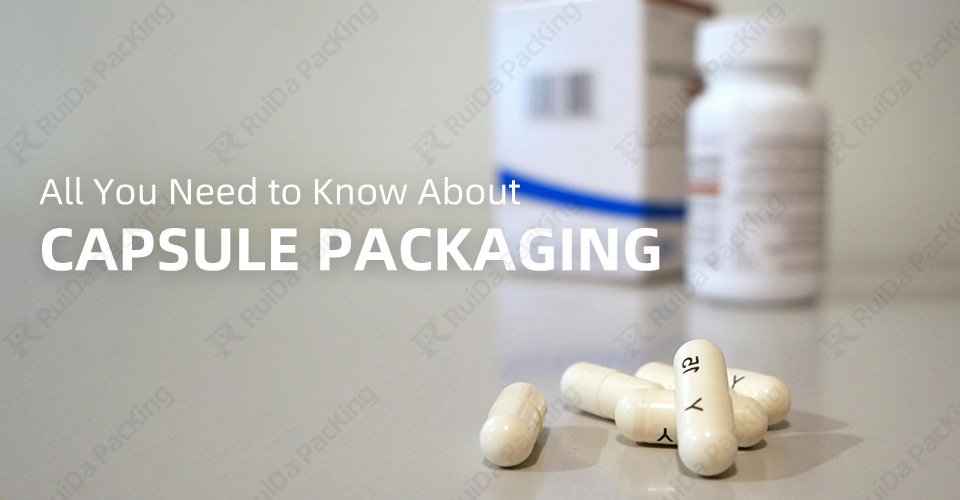
1. Understanding Capsule Packaging Requirements
– 1.1. Regulatory Compliance
– Packaging capsules isn’t just about aesthetics; it’s about meeting strict regulatory standards. Depending on your industry, you may need to comply with FDA, GMP, or ISO regulations. For example, pharmaceutical capsules often require child-resistant packaging to prevent accidental ingestion. Always ensure your packaging meets the necessary legal requirements to avoid fines or recalls.
– 1.2. Product Protection
– Capsules are sensitive to environmental factors like moisture, light, and oxygen. Proper packaging ensures they remain effective and safe for consumption. Barrier materials, such as foil or specialized plastics, can protect capsules from degradation and contamination, extending their shelf life.
2. Choosing the Right Packaging Materials
Selecting the right packaging materials is one of the most critical steps in the capsule packaging process. The material you choose will determine how well your capsules are protected, how user-friendly the packaging is, and even how your product is perceived by consumers. Below, we’ll explore the most common packaging options and their pros and cons.
2.1. Bottles and Jars
Bottles and jars are among the most popular choices for packaging capsules, especially for bulk products like dietary supplements.
– Pros:
– Cost-Effective: Bottles are generally inexpensive to produce, making them ideal for businesses looking to minimize costs.
– Ease of Use: They are simple to fill, seal, and label, requiring minimal specialized equipment.
– Versatility: Available in various sizes, shapes, and materials (e.g., plastic or glass), bottles can accommodate different capsule quantities and types.
– Reusability: Many bottles come with resealable caps, allowing consumers to reuse them for other purposes.
– Cons:
– Limited Protection: While bottles protect capsules from physical damage, they may not offer sufficient barrier properties against moisture or oxygen unless paired with desiccants or specialized liners.
– Bulkiness: Bottles can take up more shelf space compared to other packaging options, which may increase shipping and storage costs.
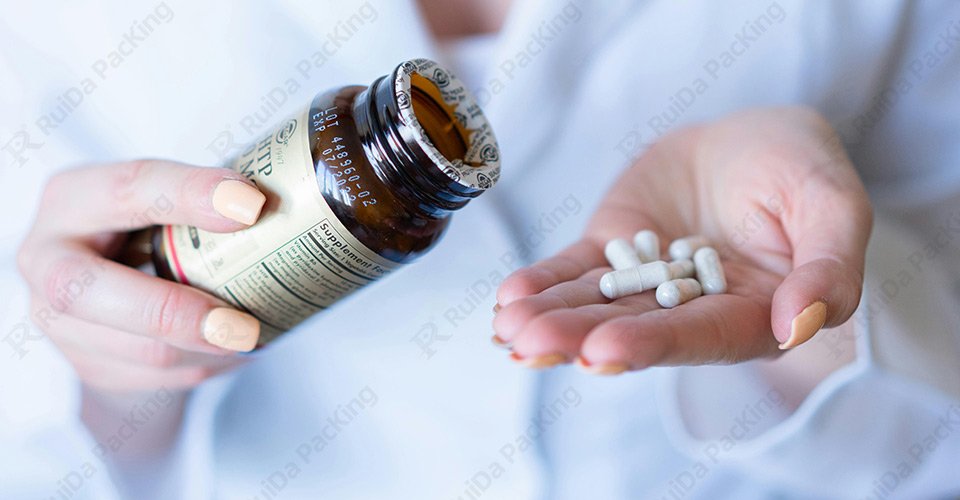
2.2. Blister Packs
Blister packs are a premium packaging option, often used for pharmaceutical products or high-value supplements.
– Pros:
– Superior Protection: Blister packs provide excellent barrier properties, shielding capsules from moisture, light, and contamination. Each capsule is individually sealed, ensuring maximum protection.
– Tamper-Evident: Blister packs are tamper-proof, giving consumers confidence in the product’s safety.
– Portability: Their compact design makes them easy to carry, ideal for on-the-go consumers.
– Dosing Accuracy: Each blister compartment can be designed to hold a specific dose, reducing the risk of over- or under-dosing.
– Cons:
– Higher Cost: Blister packs are more expensive to produce due to the materials and machinery required.
– Complex Production: The process of creating blister packs is more labor-intensive and requires specialized equipment.
2.3. Pouches and Sachets
Pouches and sachets are lightweight, flexible packaging options often used for single-dose or travel-friendly products.
– Pros:
– Lightweight and Compact: Pouches take up minimal space, reducing shipping and storage costs.
– Customizable: They can be designed in various shapes and sizes, with options for resealable zippers or tear-notches.
– Cost-Effective for Small Quantities: Ideal for single-dose or sample-sized products, pouches are an affordable option for small-scale packaging.
– Cons:
– Limited Durability: Pouches are less robust than bottles or blister packs and may not provide adequate protection for long-term storage.
– Environmental Concerns: Many pouches are made from non-recyclable materials, which may not align with sustainability goals.
Comparison Table: Verpackungsmaterialien
Packaging Type | Protection Level | Kosten | Am besten für |
Bottles/Jars | Mäßig | Niedrig | Bulk packaging, long-term storage |
Blister Packs | Hoch | Medium | Single-dose, high-value products |
Pouches/Sachets | Low to Moderate | Niedrig | Single-use, on-the-go products |
3. Designing Effective Capsule Packaging
– 3.1. Labeling Requirements
– Your packaging must include essential information such as the product name, dosage instructions, expiration date, and batch number. Ensure labels are clear, legible, and compliant with industry regulations.
– 3.2. Branding and Aesthetics
– Packaging is often the first point of contact between your product and the consumer. Use eye-catching designs, vibrant colors, and your brand’s logo to create a memorable impression.
– 3.3. User-Friendly Features
– Incorporate features like easy-open caps, resealable pouches, or tear-notches to enhance the user experience. These small details can significantly impact customer satisfaction.
4. Packaging Equipment and Automation
– 4.1. Manual vs. Automated Packaging
– Manual packaging is suitable for small-scale operations but can be time-consuming and prone to errors. Automated systems, while more expensive upfront, offer greater efficiency and consistency.
– 4.2. Key Equipment for Capsule Packaging
– Bottle filling and capping machines, blister packaging machines, and pouch sealing machines are essential for streamlining your packaging process.
– 4.3. Maintenance and Calibration
– Regular maintenance and calibration of your equipment ensure consistent performance and prevent costly downtime.
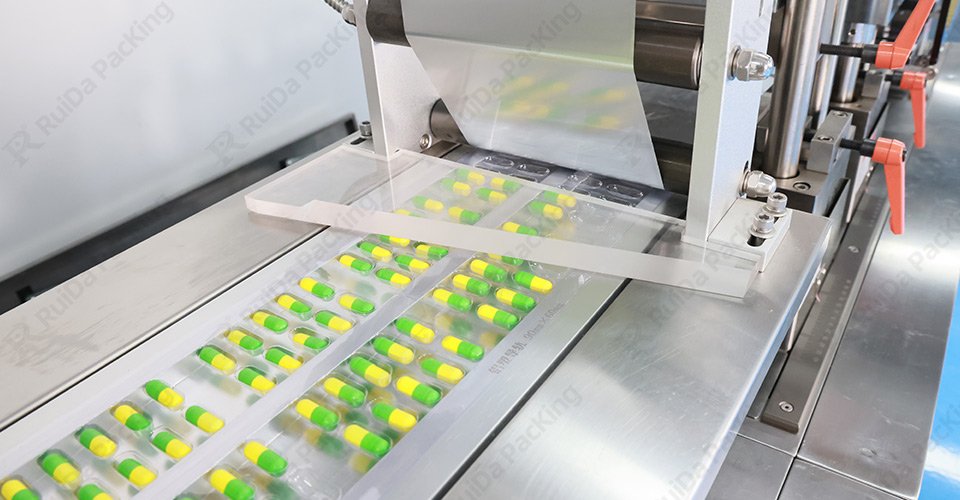
5. Quality Control and Testing
– 5.1. Leak Testing
– Ensure your packaging is airtight to prevent contamination and moisture ingress.
– 5.2. Stability Testing
– Conduct tests to evaluate how your packaging protects capsules under various environmental conditions, such as temperature and humidity.
– 5.3. Tamper-Evidence Testing
– Verify that your packaging meets tamper-evident standards to ensure consumer safety.
6. Storage and Transportation Considerations
– 6.1. Environmental Factors
– Capsules are sensitive to temperature, humidity, and light. Store them in a cool, dry place to maintain their quality.
– 6.2. Packaging for Shipping
– Use sturdy outer packaging and cushioning materials to protect capsules during transit. Consider using insulated packaging for temperature-sensitive products.
Abschluss
Packaging capsules effectively requires careful planning, the right materials, and a focus on quality. By following this ultimate guide, you can ensure your capsules are protected, compliant, and ready to impress your customers. Remember, great packaging not only safeguards your product but also enhances your brand’s reputation.
